A cooperation between research and industry successfully improves resin-based 3D printing.
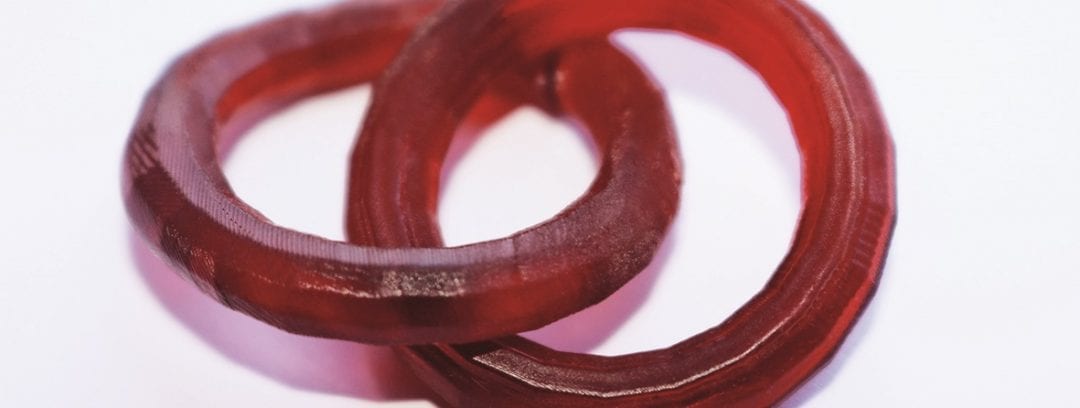

A cooperation between research and industry successfully improves resin-based 3D printing.
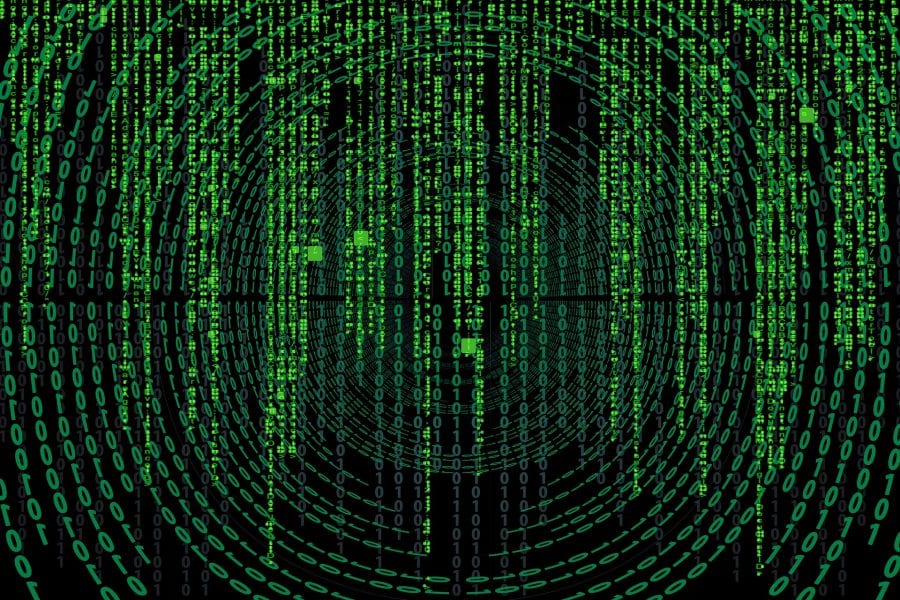
Self-healing of a phase change memory device with a metallic surfactant layer opens up new pathways in storage class memory.
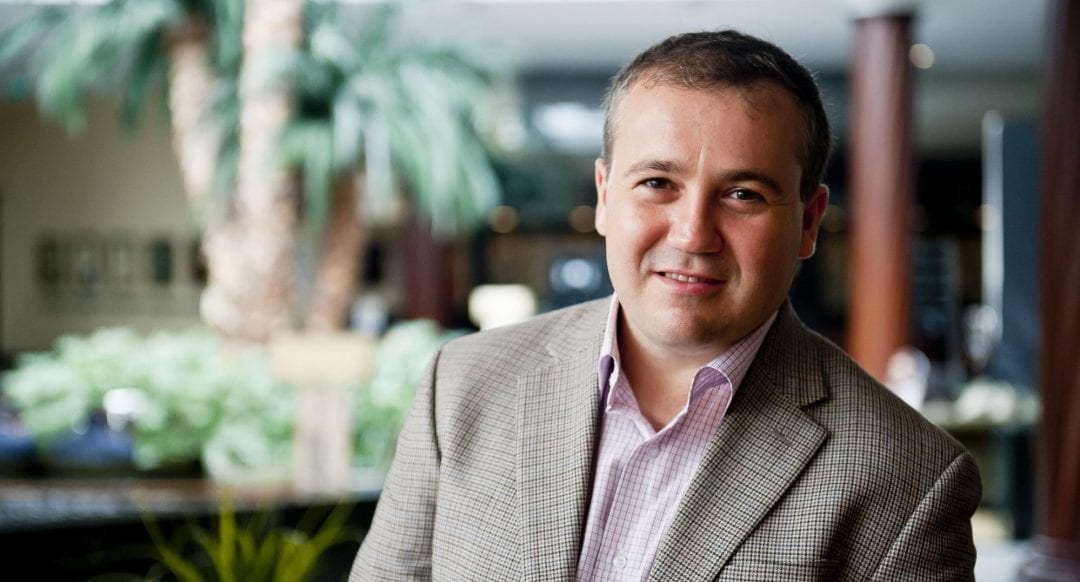
Science fact catches up with science fiction: by exploiting magnetic levitation, biomanufacturing – creating living 3D structures – is now possible in zero gravity. Utkan Demirci discusses how this works.
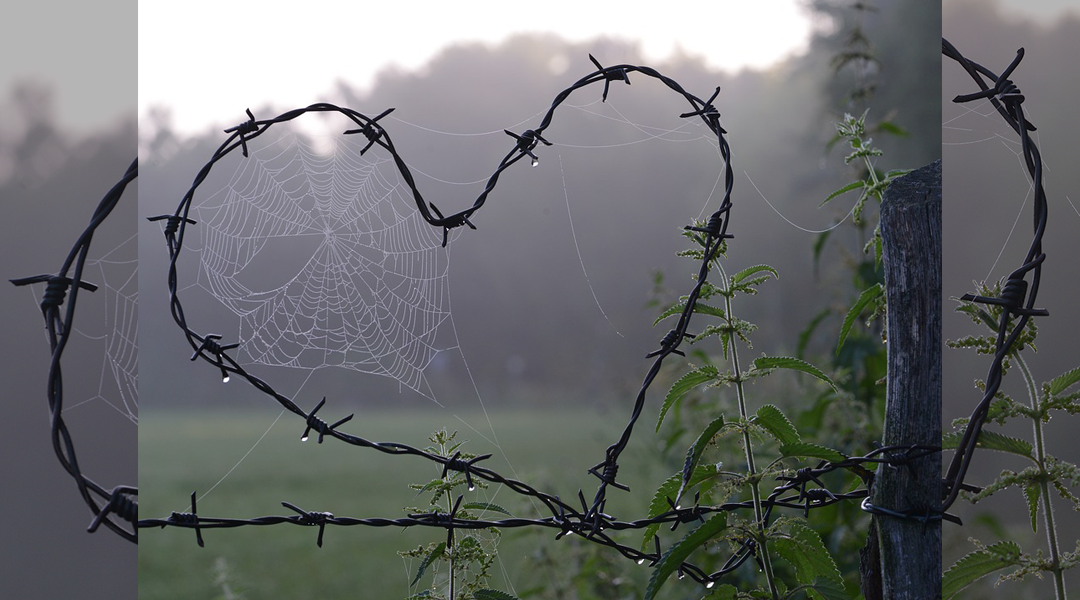
Researchers investigated whether a spider silk protein developed in the laboratory could be suitable for engineering cardiac tissue.
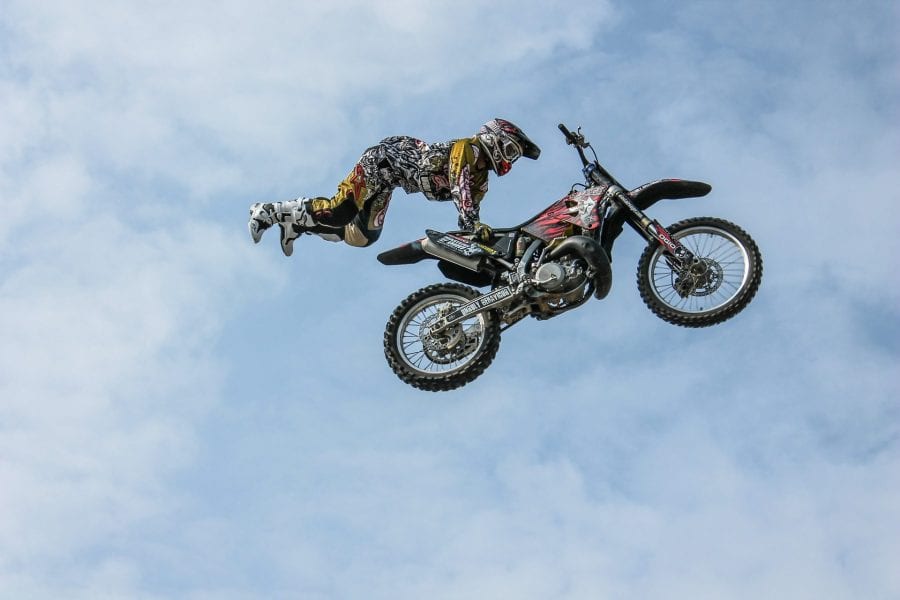
Researchers in Barcelona have proposed a new mechanism for bone repair. They hope that the work might pave the way for advances in self-healing prostheses.
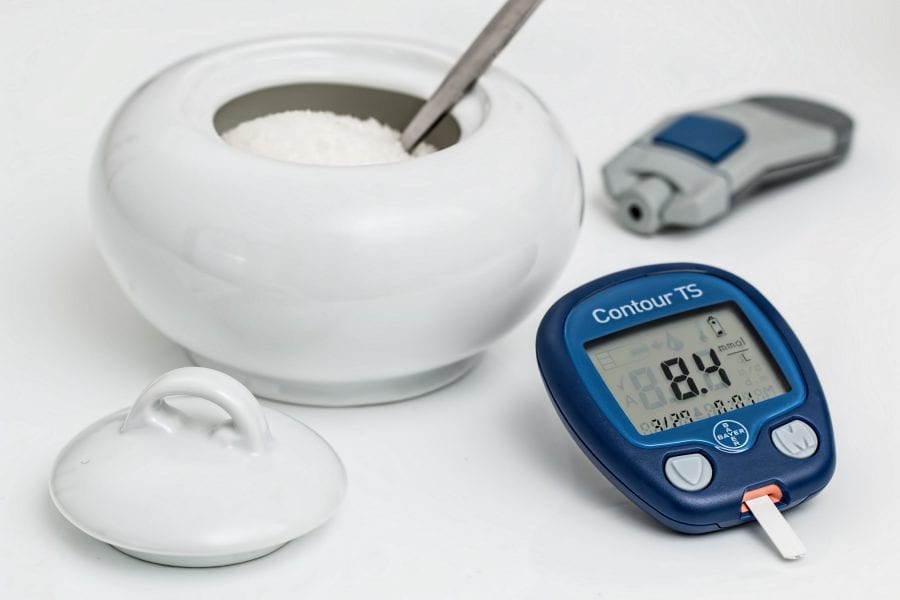
A plasma-treated polyethylene is used as as an affordable and easy mediator to produce enzymatic glucose sensors that could be used for diabetic patients.
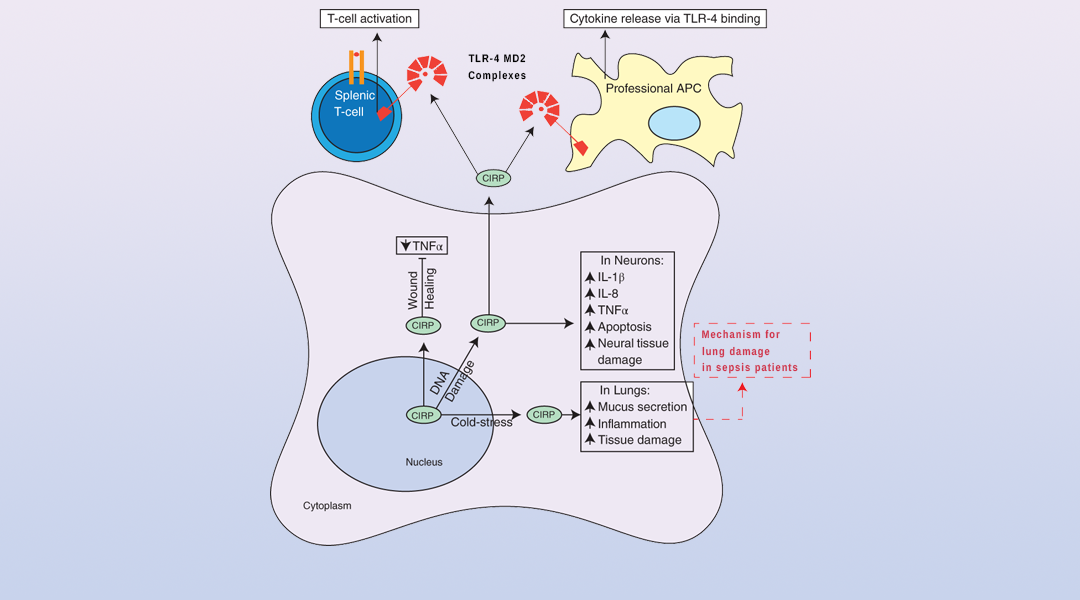
Cold-inducible RNA binding protein (CIRP) in human cancers is reviewed, where it has been implicated in tumor suppression and promotion.
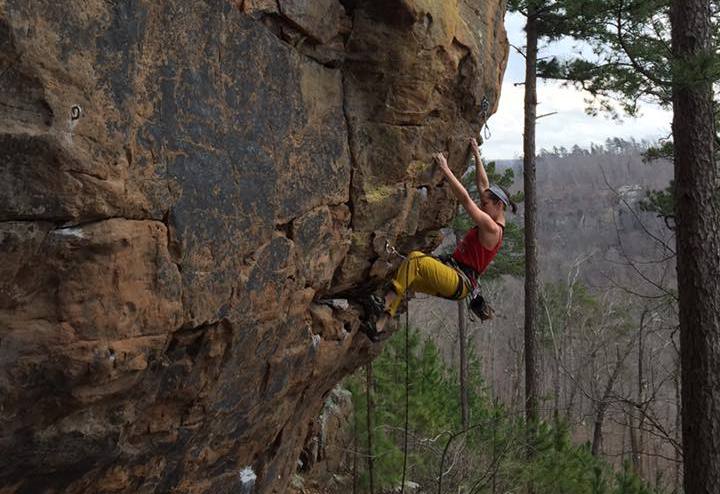
An integrative approach of modeling and hydrogen-deuterium exchange helps to describe the enzyme that regulates glycogen levels in muscles and liver.

All articles of the recently published first issue of Advanced Theory and Simulations are freely available for a limited time
Historic landfills are frequently unlined with no leachate management and inadequate records of the waste they contain, which means there is a very limited understanding of the environmental risk posed if the waste erodes into estuarine or coastal waters.